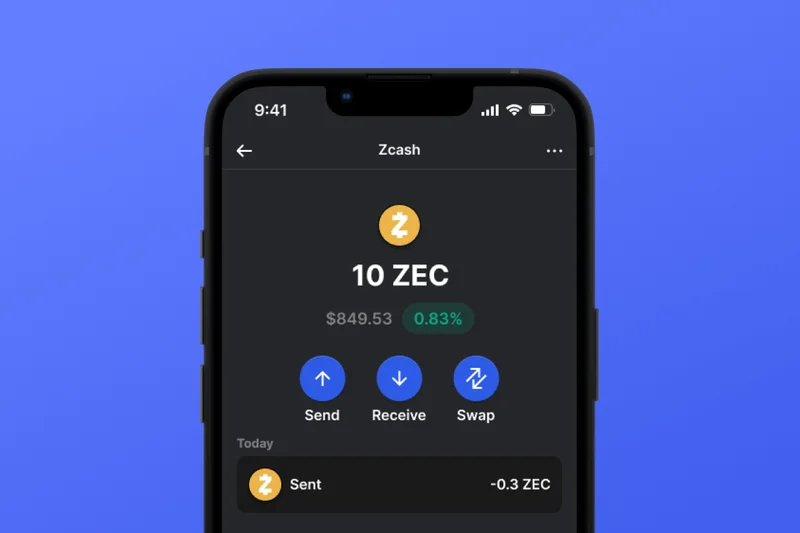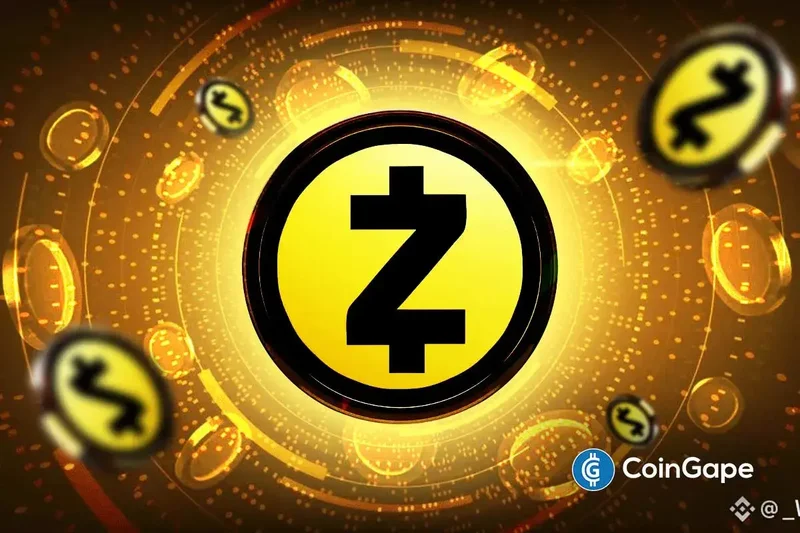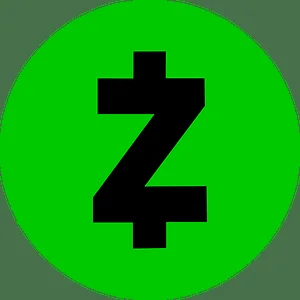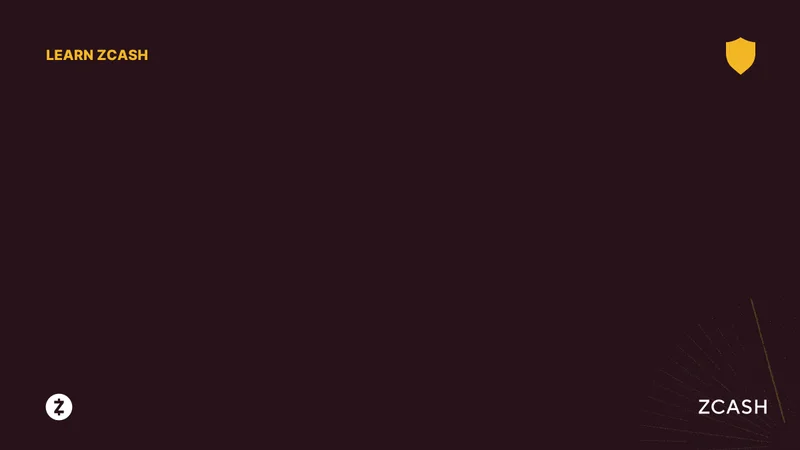Article Directory
Zcash's 700% Rally: Is This a Privacy Renaissance or a Speculative Fever Dream?
The crypto market is a chaotic system, but even by its standards, the recent price action of Zcash (ZEC) is an outlier worth examining. While Bitcoin struggles to hold its footing above its 200-day moving average and the much-hyped "Uptober" fizzled out, one asset has been on an absolute tear. The Zcash price is up over 700%—to be more exact, from a low of around $50 in mid-September to a recent high near $420 is a 740% increase in just over a month.
This isn’t a low-cap memecoin catching a bid. This is a project that’s been around since 2016, a veteran of the crypto wars. Its market capitalization recently surpassed that of its main competitor, Monero, a significant event in the niche but ideologically potent world of privacy coins.
The easy answer is to label this a speculative frenzy, another symptom of thin weekend liquidity and traders chasing the next hot narrative. And there’s certainly truth to that. But when you look at the on-chain data and the concurrent Zcash creator ECC unveils Q4 2025 roadmap as privacy token's price and shielded supply surge, a more complex picture emerges. The question isn't just why the Zcash crypto price is pumping, but whether there's a fundamental signal buried beneath the speculative noise.
The Cypherpunk Echo Chamber
The narrative driving this rally is a return to crypto's roots. For the past few years, the dominant conversation has been about institutional adoption, ETFs, and Wall Street integration. The market has been a vast, sound-proofed room where the only audible sound was the steady drumbeat of "compliance." But now, a faint, almost forgotten melody of "privacy" is being played in a corner, amplified by a growing chorus on Crypto Twitter. Zcash, with its cypherpunk origins, is the beneficiary of this sentiment shift.
This isn't just talk. The on-chain data shows a corresponding move. The supply of shielded tokens in Zcash's most advanced privacy pool, Orchard, recently shot past 4.1 million ZEC. This is the critical metric. Price can be driven by leverage and speculation on centralized exchanges, but the act of moving coins into a shielded pool is an explicit vote of confidence in the protocol's core function. That number has been climbing in lockstep with the price, suggesting at least some portion of this rally is fueled by genuine users, not just momentum traders.
I've analyzed countless corporate roadmaps, and they are typically filled with grandiose, forward-looking statements designed for investor calls. ECC's Q4 2025 plan, by contrast, is refreshingly mundane. It focuses on reducing technical debt and improving usability for its Zashi wallet. The priorities are things like adding ephemeral addresses for swaps and generating new transparent addresses after use—technical, unglamorous plumbing. It reads less like a marketing document and more like a sprint plan from an engineering team that's been given a clear directive: fix what's broken and make what works, work better.
This quiet competence is, in my view, a bullish signal, but not for the reasons the market seems to think. This isn’t a promise of a new paradigm; it’s a commitment to operational excellence. This commitment was demonstrated when ECC temporarily disabled the Coinbase on-ramp over a new session-token requirement it deemed a privacy risk. Sacrificing a major fiat gateway on the altar of principle is a costly signal. It tells you their priorities are aligned with their mission statement. But does this kind of incremental, principled development actually justify a 740% price explosion? Or is the market simply pricing in years of future growth based on a renewed, and perhaps fleeting, interest in the privacy thesis?

Correlation, Causation, and Coinbase
Here we must address the elephant in the room: access. Zcash has a massive structural advantage over its peers in its availability on major, regulated US exchanges like Coinbase. Monero, for all its technical merits, has been systematically delisted due to regulatory pressure. Zcash has survived, and even thrived, in this environment.
It achieves this through its use of "selective disclosure" (a feature allowing users to voluntarily reveal transaction details for compliance or auditing), which makes it more palatable to regulators than fully opaque cryptocurrencies. This isn't a compromise; it's a design choice, and it has resulted in Zcash having far deeper liquidity and a much wider access ramp for retail capital.
This creates a powerful feedback loop. Imagine the average Coinbase user, scrolling on their phone during a lunch break. They don't see a cypherpunk manifesto or a debate on zk-SNARKs. They see a green "+12%" next to a ticker, `ZEC`, and they jump on the moving train. The "privacy narrative" may have started the engine, but the sheer accessibility on Coinbase is the high-octane fuel being poured on the fire.
This raises a methodological critique of any analysis based purely on price. How much of the recent volume is from long-term believers shielding their ZEC coin versus short-term speculators who couldn't tell you the difference between the Sapling and Orchard pools? The on-chain data on shielded supply gives us a clue, but the volume data from exchanges is notoriously opaque. We can't definitively separate the two cohorts. Are we witnessing a fundamental re-rating of privacy technology, or are we just watching the most accessible "privacy stock" on the market get bid up by momentum chasers?
The Signal Is Getting Louder
Let's be clear: a 740% rally in just over a month is the definition of unsustainable. A sharp correction is not only possible but probable. The price action is speculative, frothy, and driven by a narrative that could shift with the next news cycle.
However, to dismiss this entire event as mere speculation would be a significant analytical error. The underlying data—specifically the steady, persistent growth in the Orchard shielded pool—is the real signal here. It's a leading indicator of genuine adoption, a measure of conviction that can't be faked with leverage. While the price chart looks like a rocket launch, the shielded supply chart looks like a business hitting a new, steeper part of its S-curve.
The market has attached a speculative rocket to a well-built, but slow-moving, submarine. The rocket will undoubtedly burn out and fall away. But the submarine, powered by a pragmatic development roadmap and a clear philosophical stance, will still be there, quietly moving forward through the depths. The critical question for any serious analyst is whether they're betting on the rocket or the submarine. My analysis suggests the latter is the far more interesting long-term asset.




